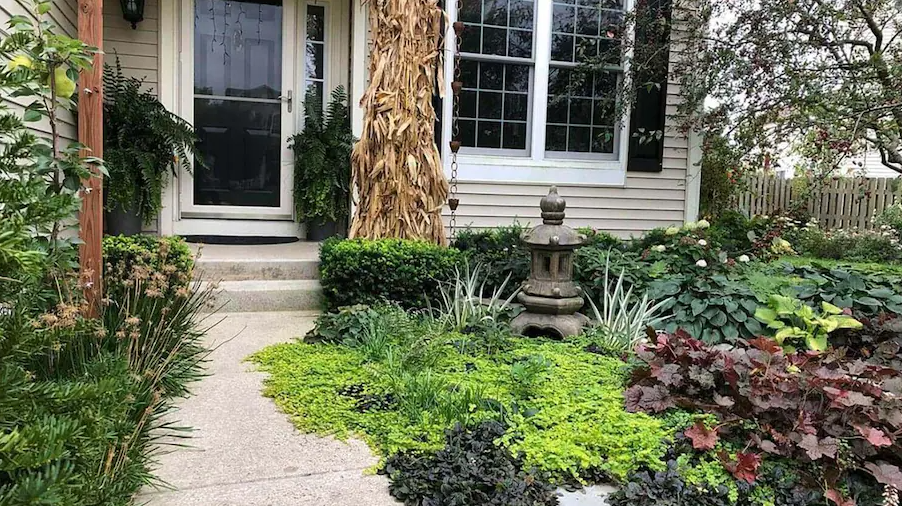Ever wonder when to water your veggies and how much is enough? Don’t worry, it’s not rocket science! But there are a few handy tips to make sure your watering is on point.
For starters, little baby plants (seedlings) need different care than grown-up veggies. Likewise, watering your garden straight in the ground is different than watering plants in pots. And guess what? Watering in the cool morning is better than doing it in the hot afternoon sun.
Knowing these little things helps you water smarter, not harder. So, let’s avoid some common mistakes and get your veggies the perfect drink they need to grow big and strong!
Under or overwatering seedlings.
Tiny baby plants (seedlings) are like thirsty babies! They need regular sips of water to grow strong, especially when they’re first starting out. Water them gently each morning and check back in the evening to see if they need another drink. Think of it like giving them their own little water fountain!
But be careful not to drown them! Too much water can make them sick, just like drinking too much juice makes you feel yucky. Aim for soil that’s moist, like a damp sponge, but not sopping wet. Once they grow bigger and stronger, they won’t need as many water breaks. Remember, happy seedlings equal happy harvests!
Not knowing how often to water a vegetable garden.
You need to understand how often to water your vegetable garden to help your plants grow well. While watering often may seem helpful, it actually leads to shallow root growth. Shallow roots dry out quickly, especially on hot days. It’s best to water less often but more deeply. This means letting water soak deep into the soil. Deep watering encourages roots to grow downwards, where they’re safer from quick changes in moisture and less likely to dry out. Water deeply two to three times a week, considering rainfall, for healthier and more productive plants.
Not using a rain gauge.
Most warm-season vegetables planted in the ground need about an inch of water every week, whether it comes from rain or watering. But it depends on your soil type—sandy soil dries faster than clay soil. Raised beds and container gardens need even more water. Use a rain gauge to keep track of how much rain your garden gets. Write down the rainfall amounts in your garden journal so you know when to water your vegetable garden to give it enough moisture.
Under-watering containers and raised beds.
Vegetables and herbs in containers or raised beds need water more often than those in the ground. Why? Well, the soil in containers and raised beds drains faster. Also, because they’re above the ground, they can get hot quickly, so water evaporates faster. Check the soil regularly to see if your containers or raised beds need water. Stick a moisture meter or your finger a couple of inches into the soil. If it feels dry, it’s time to water.
Watering during the heat of the day.
The best time to water your garden is in the morning. This gives wet leaves enough time to dry before night. If you water during the day when it’s hot, a lot of water can evaporate before it reaches the roots. In the evening, evaporation slows down, but cooler temperatures at night can spread diseases on leaves. If you have to water in the evening, try not to wet the leaves.
Wetting leaves.
Plants get water from their roots, not their leaves. Water the soil directly and avoid wetting the leaves because it can spread diseases. Use a watering wand, soaker hose, or trickle irrigation system to water the soil without wetting the leaves.
Splashing soil onto leaves.
The soil can contain a lot of plant diseases. If water splashes soil onto your plant leaves, those diseases can spread. Use a gentle spray or a soaker hose when watering. Also, put a two-inch layer of mulch around plants like tomatoes to prevent soil from splashing when you water or when it rains.









